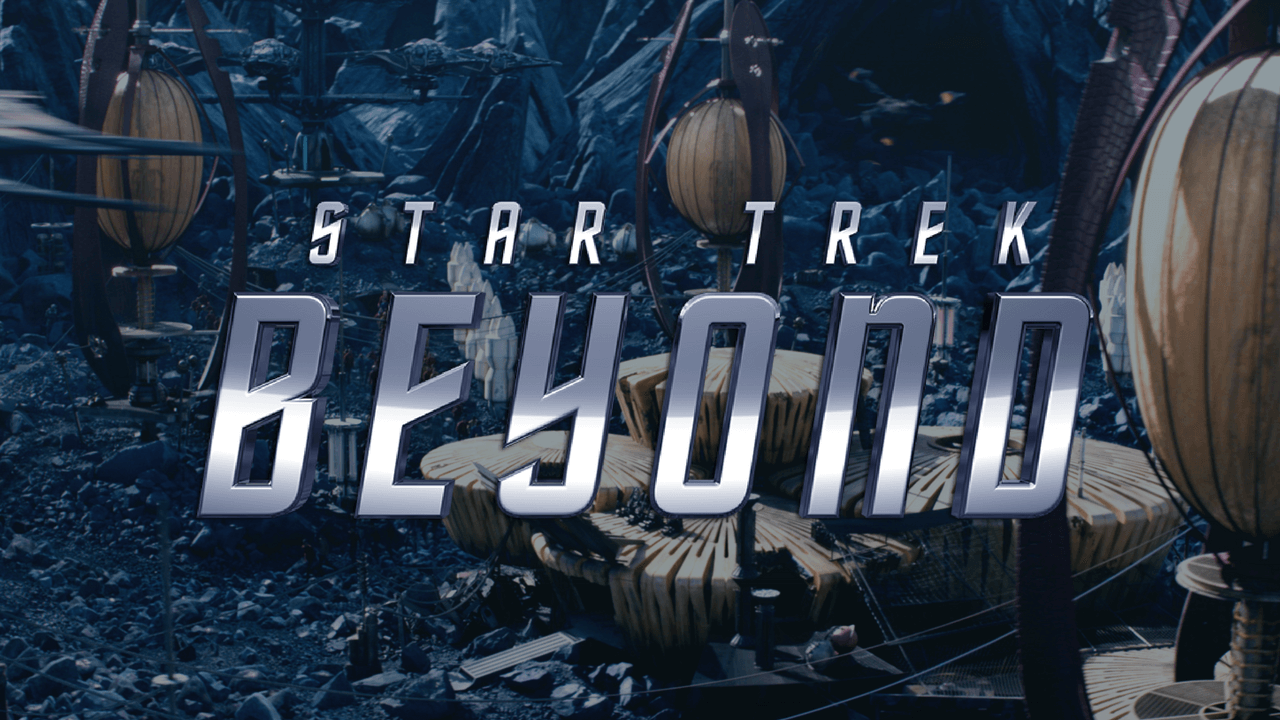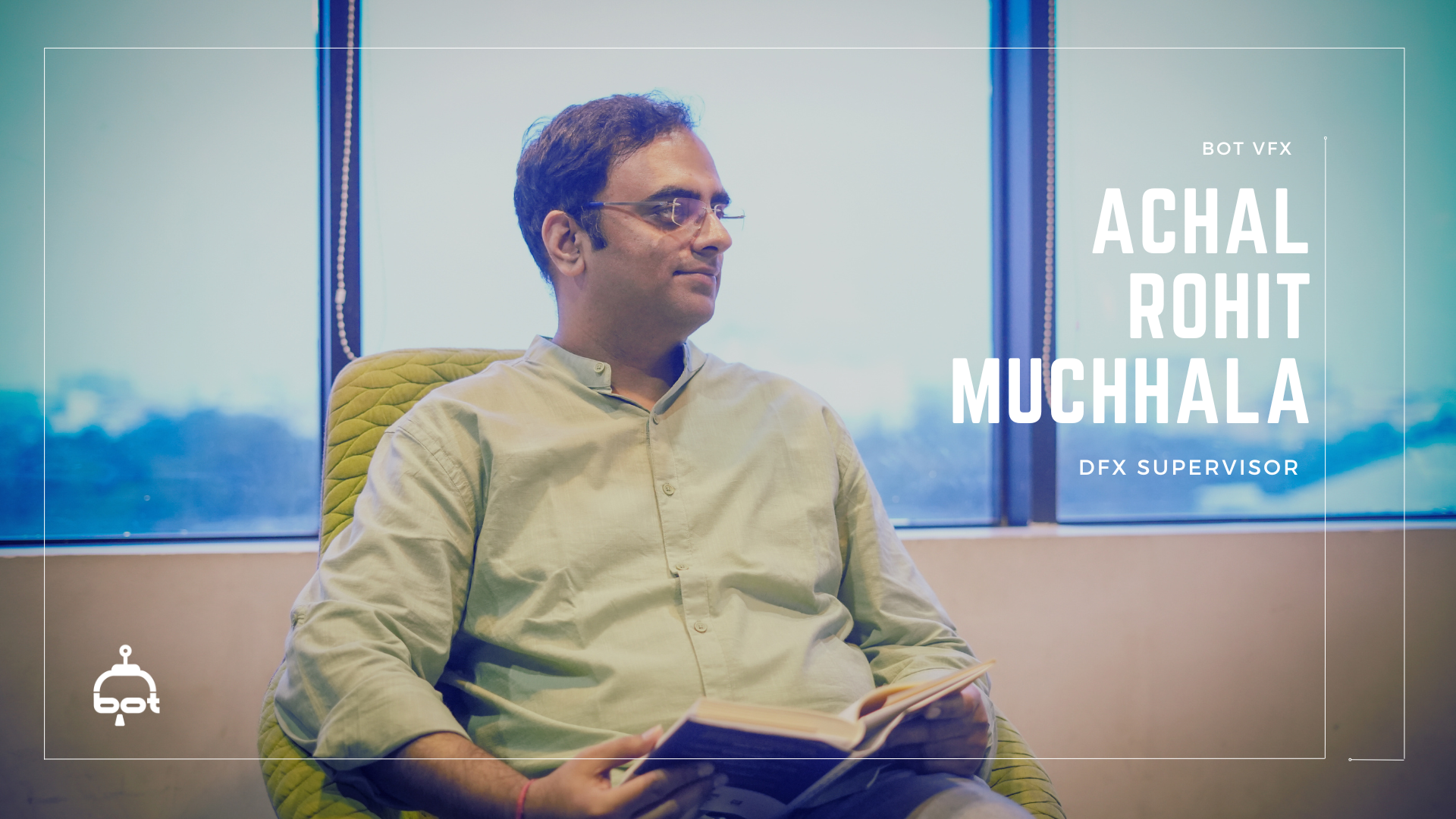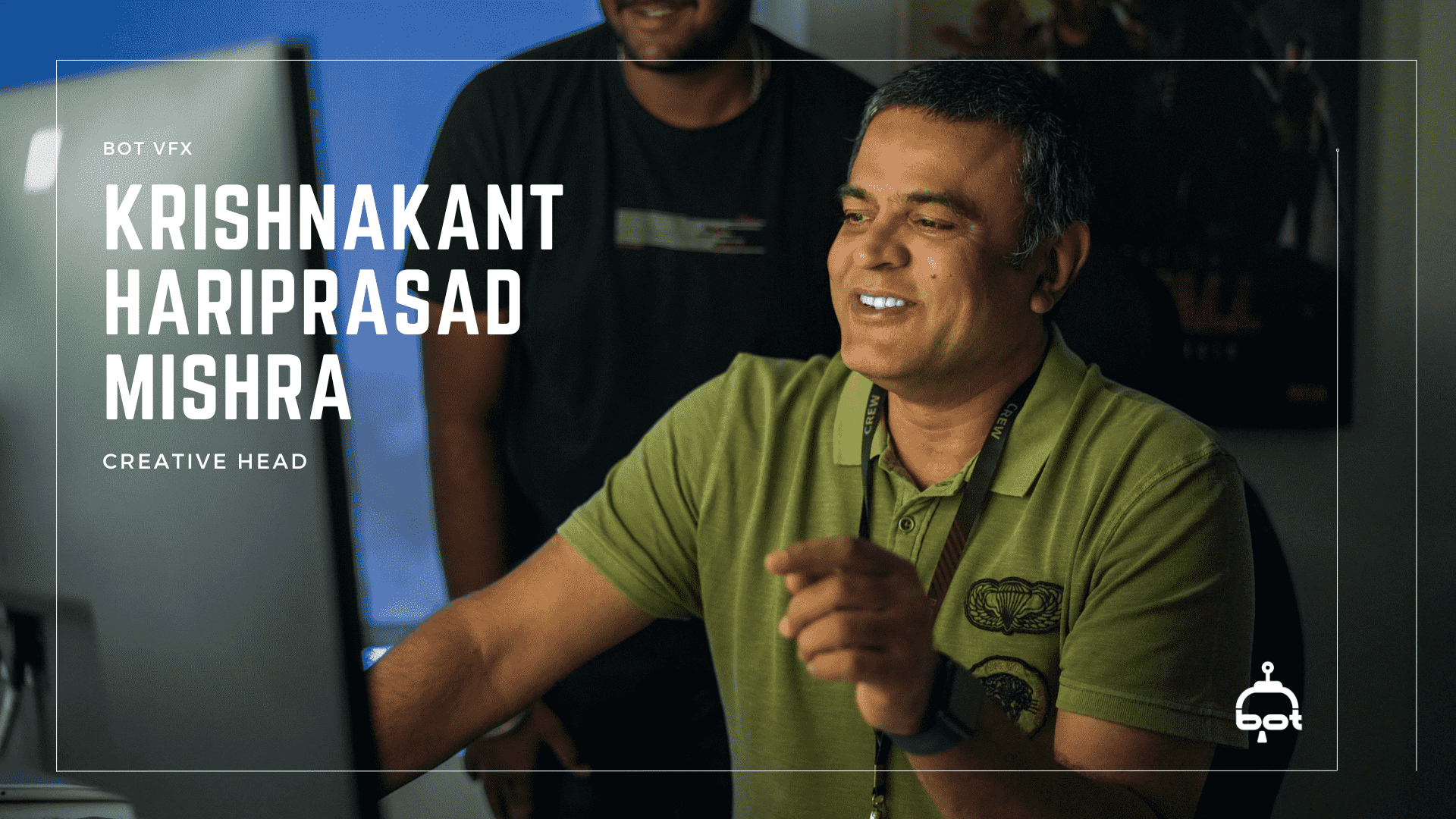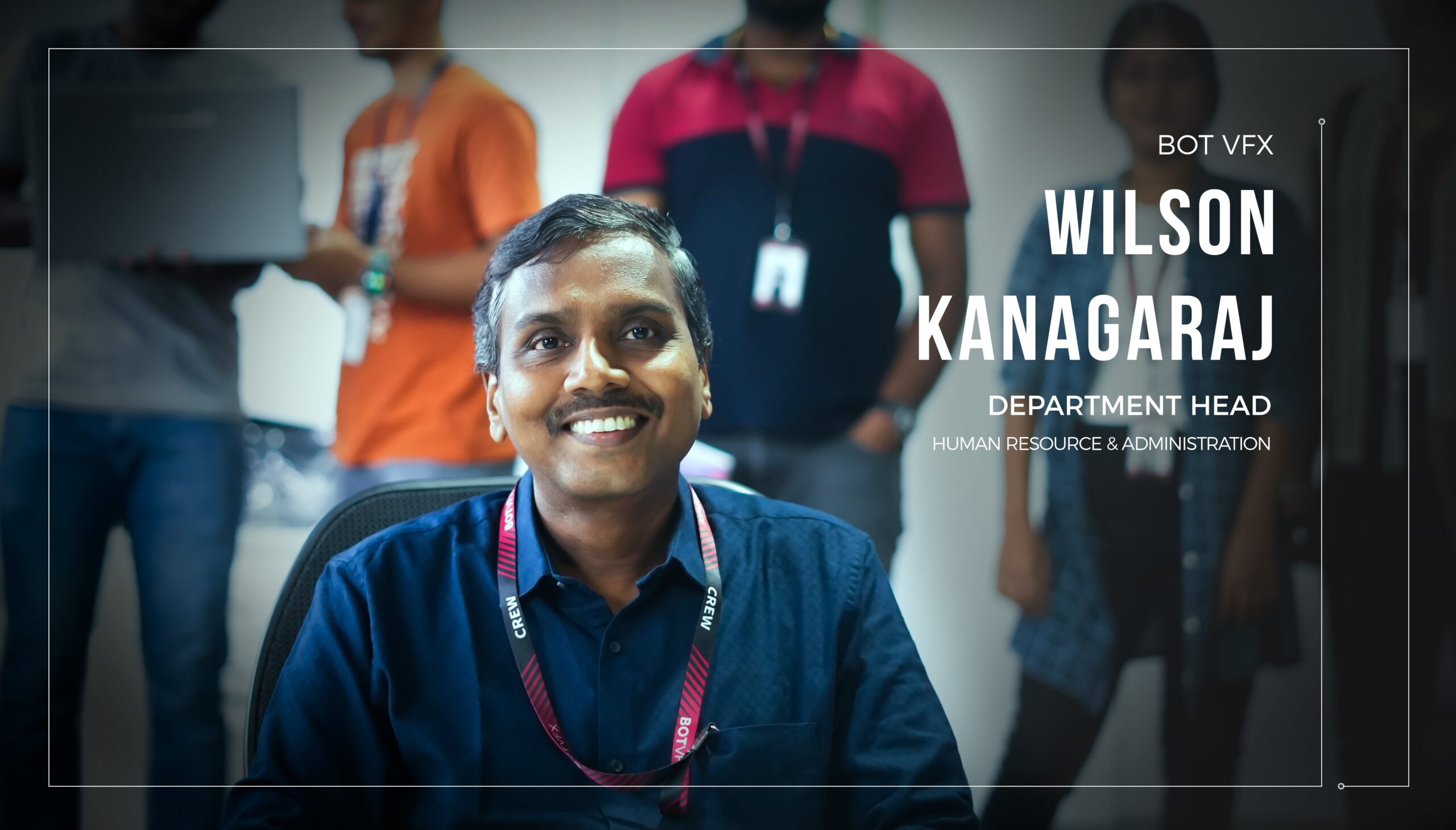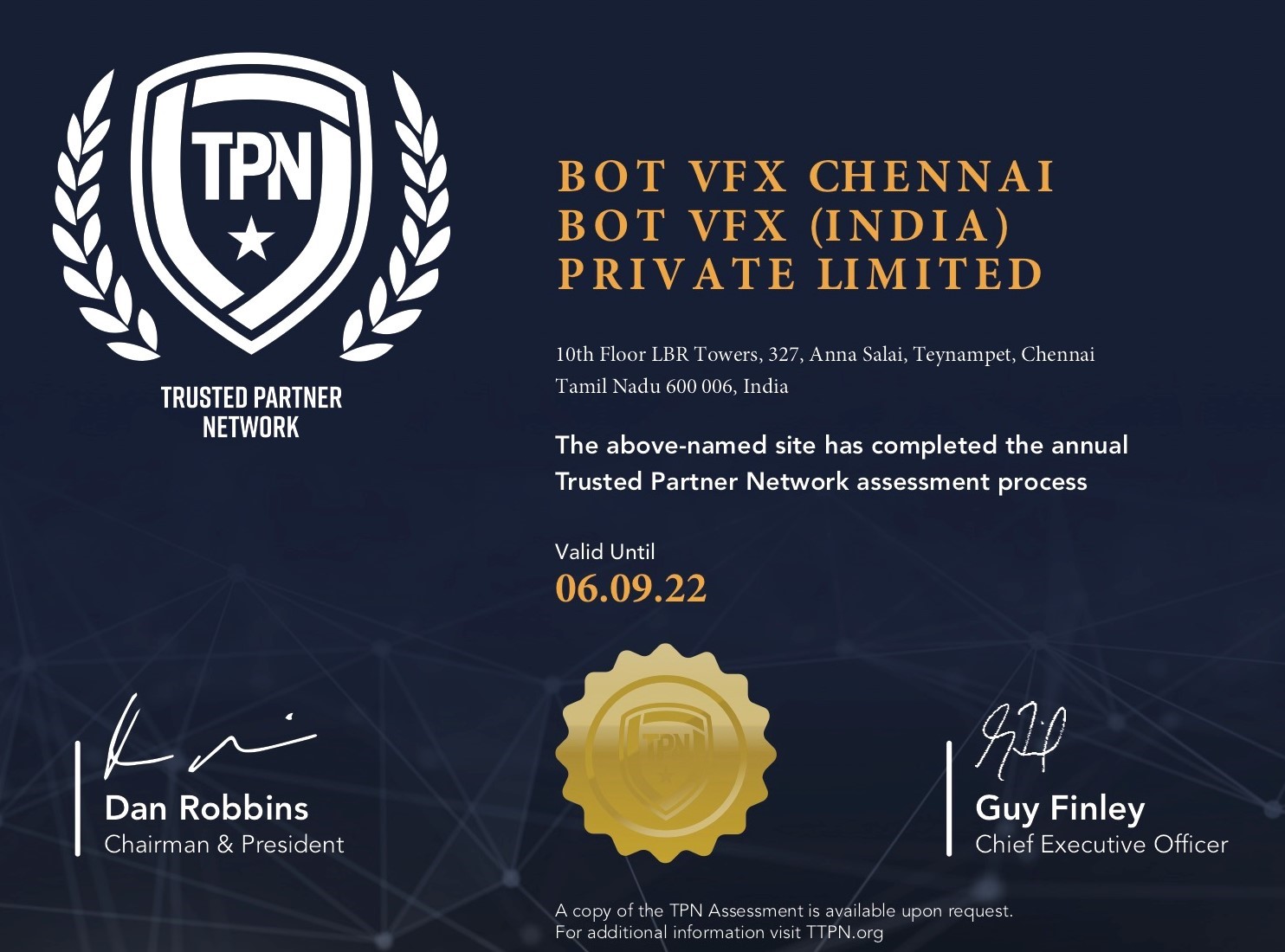It’s always challenging working on a space epic especially working on the franchise that launched modern fandom! BOT VFX took up the challenge and stepped into the final frontier supporting both Kelvin Optical and Atomic Fiction in creating visual effects for Paramount’s summer blockbuster Star Trek Beyond. Directed by Justin Lin, the film takes the Enterprise crew yet again into uncharted territories, engaging with new aliens, and of course getting mixed up with a new enemy. In this installment Chris Pine, Zachary Quinto and Karl Urban are joined by Idris Elba as the villainous Krall.
BOT was initially engaged to pinch hit for a handful of trailer shots right before Thanksgiving 2015. BOT VFX EP Hetal Jain says, “Being a lifelong fan, when asked to do some quick work for Beyond, we were stoked!” Those few shots grew exponentially, with the team expanding to 55 artists who worked for 2 months on the project. In total, the BOT’s collaboration on the project consisted of 37,181 frames, 346 shots over 12 sequences. Jain continues, “Bot is always seeking larger scale and more complex shows to work on, with Star Trek Beyond we got both.”
The most complex of the sequences BOTs worked on was the extension of the film’s featured villain Krall’s base on the Blue Planet. The mining quarry shot on location in Vancouver needed to look more remote, more uninhabited and more otherworldly. The tons of roto work by BOT to isolate the characters and set structures, including multitudes of muffins, orbs, petals, cabling and various other set pieces used by Krall’s army to harness the energy from the Blue Planet, helped to limit the CG needed. Instead of having to create a large CG set, only smaller portions of the quarry needed to be replaced, thus helping the on-set vision come to life.

Star Trek Beyond – Before

Star Trek Beyond – After
Additional sequences that BOT was integral in delivering were Krall’s introduction on the Enterprise, and the battle on the Enterprise that ensues. The physical set of the Enterprise, while extensive, had a ton of green screens, camera tracks and railings that needed to be removed. This proved to be especially challenging for BOT’s Paint team since the set was built with lots of reflective surfaces to showcase the new and pristine USS Enterprise design. BOT took care to do this while keeping the plate king.
For Beyond, Roto-Prep Supervisor Sankara Subramanian preferred using a blend of Silhouette and Nuke for managing lot of motion blur perfectly for tight roto. This workflow, especially for the handheld camera movements in the quarry sequences, created a lot of motion blur in non-linear movement. “For my 2D team, overall, the biggest pressure was in handling the large volume of shots with varied environments and nuanced requirements to deliver so quickly. Frequent turnover calls via cineSync and RV helped us to quickly resolve any queries that we’d stumble upon” says Subramanian.
BOT also contributed by supplying camera Matchmove using 3DEqualizer and Autodesk’s Maya. “Star Trek Beyond being an anamorphic show, the primary challenge was solving the plate distortion and lens squeeze,” says A. B. Govardhan, BOT Matchmove Supervisor. “In addition to using standard tools in 3DE, my artists are also quite versed in animating the Maya camera manually. We had several shots were the decision was made to track the camera by hand. This required a thorough understanding of the practical camera move and how it was accomplished on set.”
The BOT Dev team was integral in our success as they supported us to fully integrate our two pipelines and developed some proprietary tools for Maya as well as 3DEqualizer. A. B. Govardhan says, “It was great being part of the development of tools and working with our partners, modifying our workflow to better integrate with newer pipelines.”
